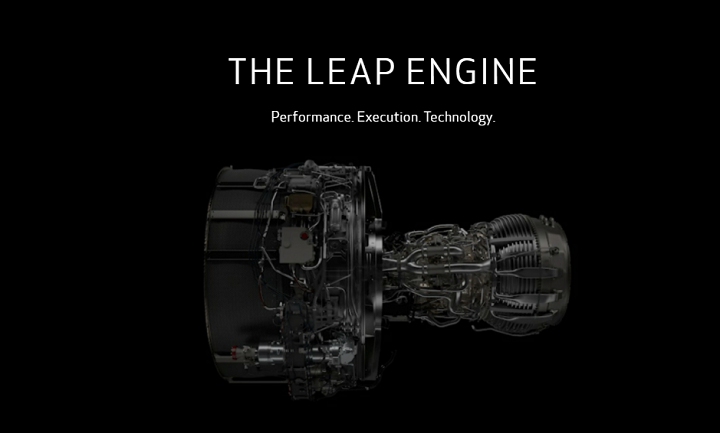GE Aviation has been busily 3D printing fuel nozzles for jet engines since 2015, reaching a total of 30,000 3D printed fuel nozzles at its Auburn, Alabama additive manufacturing center in 2018. But now the company has announced a new milestone—it’s officially shipped a total of 100,000 3D printed jet engine fuel nozzles out of the Auburn plant, which was the first mass-manufacturing site to use AM technology in fabricating aircraft engine parts when it first began printing the nozzles back in 2015.
“The remarkable milestone reached at GE Aviation’s Auburn facility isn’t just about producing 100,000 fuel nozzle tips – it also shows that Alabama workers are at the forefront of additive technologies revolutionizing manufacturing through next-level innovation. This is an exciting development, and I look forward to seeing what GE Aviation and its Alabama workforce will be able to achieve in the future,” stated Alabama Governor Kay Ivey.
“I’m excited to congratulate GE Aviation on the success they’ve seen here in Auburn and would like to thank them for their investment in our community. For years, GE Aviation has been a steady source of high-quality jobs and high-tech production in Auburn,” Mayor Ron Anders continued.
“With the resources at Auburn University and their efforts in additive manufacturing research and training, we are excited about what this partnership will continue to bring in the future.”
GE Aviation explains that the fuel nozzles 3D printed at its Auburn plant are subsequently installed in the CFM LEAP (Leading Edge Aviation Propulsion) engine, a product of GE and Safran Aircraft Engines‘ joint venture CFM International. The engine, which celebrated 10 million flight hours earlier this year and is designed to power commercial aircraft that require 20,000-35,000 pounds of thrust, first began flying in 2016, and offers operators 15% better fuel efficiency than earlier jet engines were able to achieve. Each engine, depending on the specific model, features 18 to 19 3D printed fuel nozzles that are complex, yet completely dense, and created much faster, with less material waste, than traditional methods could allow.
“There is a bright and exciting future for this technology,” said Eric Gatlin, General Manager of Additive Manufacturing for GE Aviation.
GE Aviation was able to use 3D printing to reduce the number of parts in the tip of one fuel nozzle from 20—which were welded and brazed together in the past—down to a single piece. Additionally, the technology was able to achieve 25% weight reduction of the nozzle tip as well.
“This milestone is a testament to GE Aviation’s commitment to produce the leading aviation materials technologies. This achievement could not have happened without the great production teams in Asheville and Huntsville, supported by GE’s incredible engineering teams at GE Aviation and GE Research,” said Ed Orear, composites general manager for GE Aviation.
As SmarTech Analysis explained in its “Opportunities in Additive Manufacturing for Civil Aviation Parts Production, 2019-2029” report, there are a wide variety of application cases for 3D printing in civil aviation parts, and the aerospace industry is continuing to see large investments in AM hardware and materials. This growth is driven by major suppliers including Safran, GE Aviation, and more.
“By choosing to adopt AM, tier 1 suppliers have increased pressure on all other suppliers to do the same. Many of them are now rising to challenge, widening the number of AM adopters in the industry as well as the number of tested applications,” the report writes.
The LEAP fuel nozzle is just one of several 3D printed aircraft parts that GE Aviation makes. For instance, its Avio Aero company uses the technology to create components and subsystems for the Airbus RACER helicopter hybrid, in addition to parts for the Catalyst turboprop engine and the GE9X engine. Its first ever 3D printed component was a sensor housing for the GE90 engine, and the company also printed a turbine rig for the Future Affordable Turbine Engine, or FATE.
